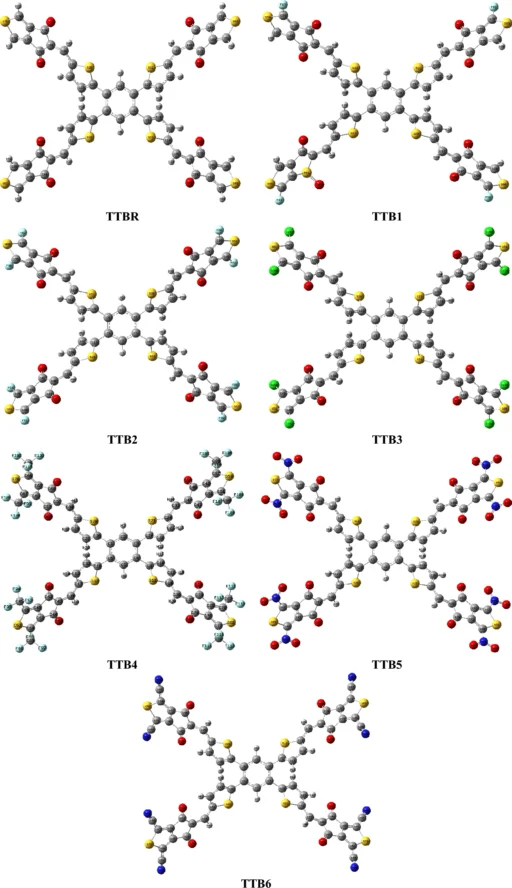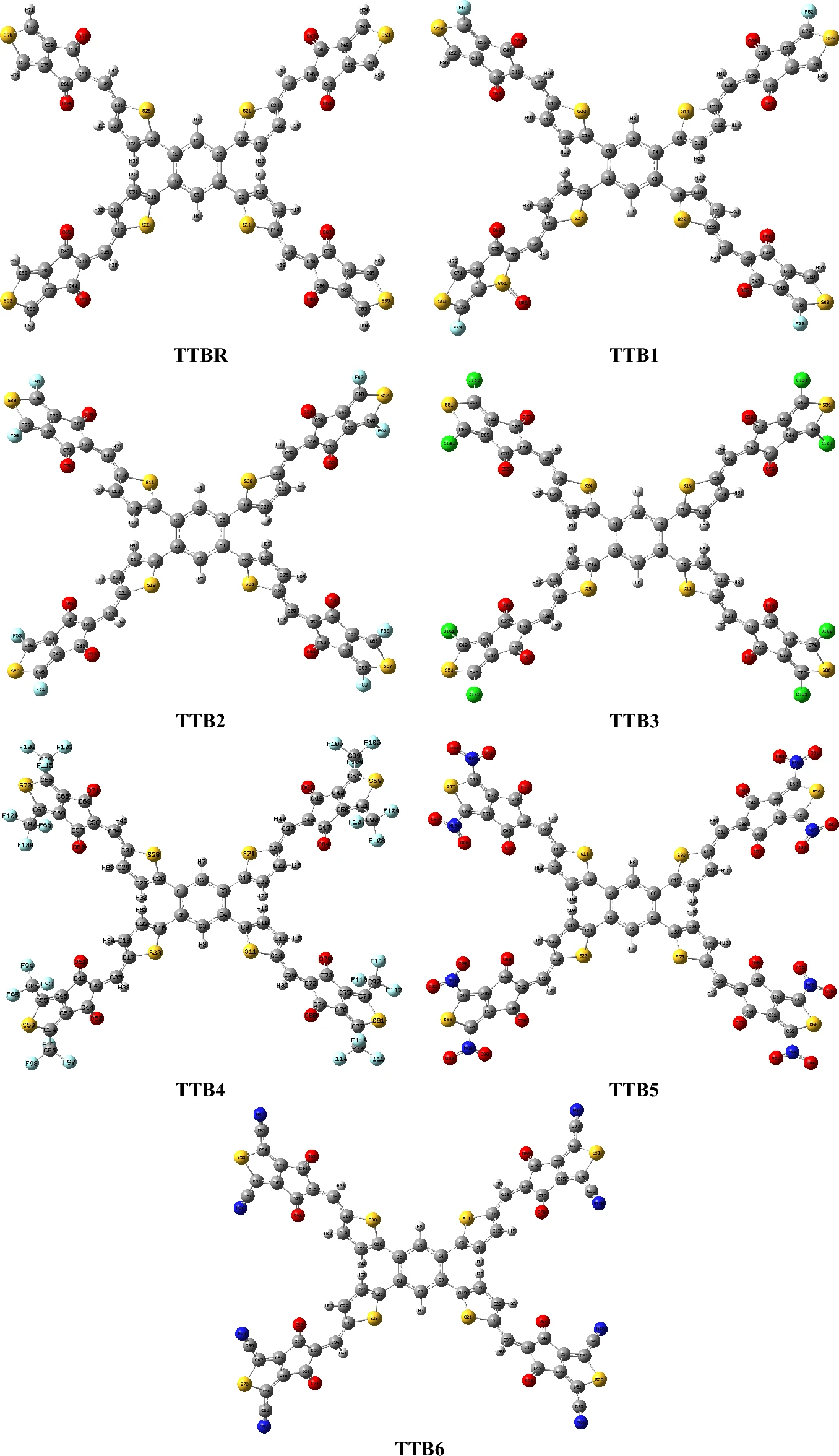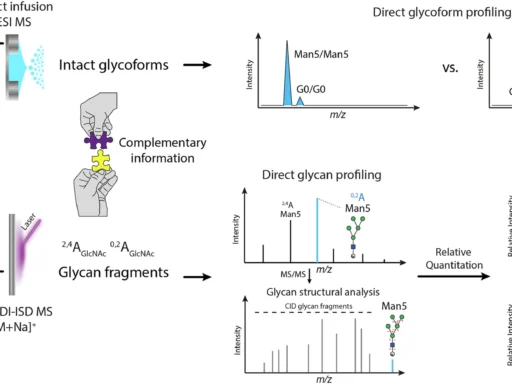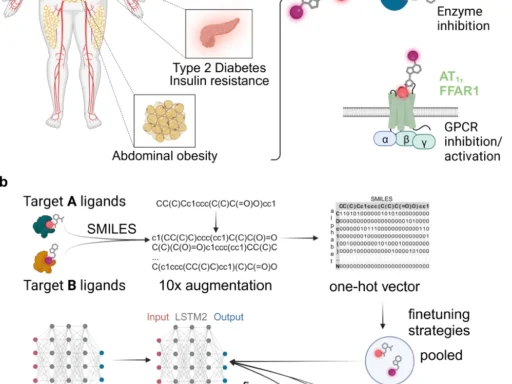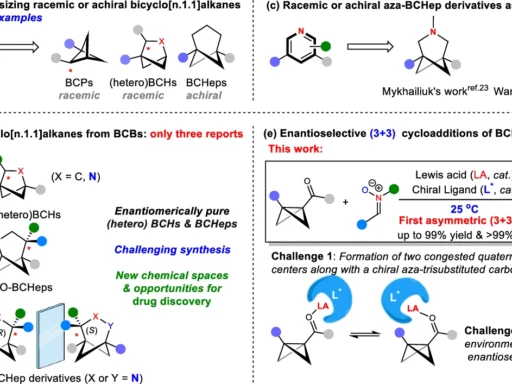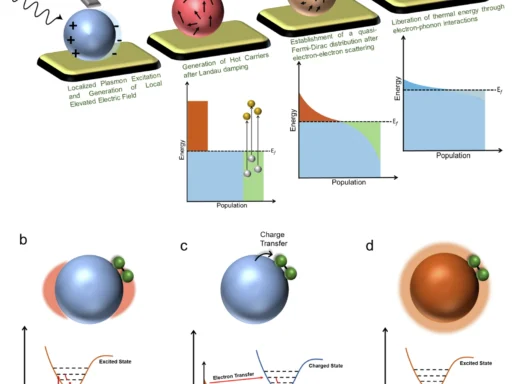Table of Contents
Organic photovoltaics (OPVs) are an emerging technology within the renewable energy sector, providing a lightweight, flexible, and economically viable alternative to conventional silicon-based solar cells. One of the primary issues associated with organic photovoltaics (OPVs) is their efficiency, especially regarding the electron transfer dynamics within the device’s organic layers. Recently, scientists have used advanced molecular design methods to solve these problems and improve the efficiency of electron transfer. One such method involves coupling peripheral symmetric acceptors with a tetrathienylbenzene (TTB) core. Let us look at how this novel methodology is transforming the field of OPV technology.
What are Peripheral Symmetric Acceptors?
In the realm of organic photovoltaics, acceptor molecules are essential to the device’s functionality. During energy conversion, they acquire electrons from donor molecules. Peripheral symmetric acceptors are a unique group of molecules that can move electrons and charges more easily because their structure is balanced and symmetrical.
In molecular design, symmetry is essential because it facilitates an equitable distribution of electron density, thereby reducing energy barriers in electron transmission. Symmetric acceptors are highly useful in organic photovoltaic devices because they facilitate electron passage through the layers of the solar material, thereby increasing overall efficiency.
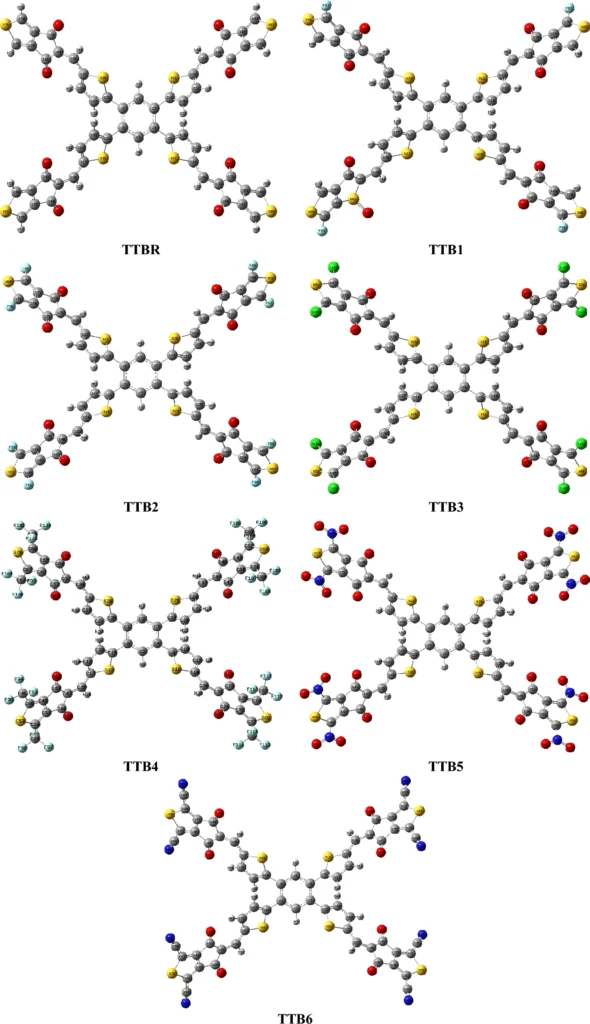
Comprehending the Tetrathienylbenzene (TTB) Core:
Tetrathienylbenzene (TTB) is a molecule characterized by a benzene ring core with four connected thiophene groups. This structure imparts unique electrical properties to TTB, rendering it an exceptional choice for incorporation as the core of organic photovoltaic materials. Organic photovoltaics (OPVs) recognize thiophene groups for their capacity to promote electron delocalization, which is crucial for effective electron transport.
TTB’s stiff and flat structure makes it easy for molecules to stack solidly on top of each other, which is needed to create pathways that let electrons move freely. When TTB serves as a core in OPV materials, it acts as a stable foundation for coupling with peripheral acceptor molecules.
The importance of donor-acceptor interactions in organic photovoltaics:
The interaction between donor and acceptor molecules is fundamental to the conversion of sunlight into energy in an organic photovoltaic system. The donor absorbs light and produces excitons (bound pairs of electrons and holes). These excitons must dissociate at the donor-acceptor interface, with electrons migrating to the acceptor and holes remaining in the donor.
The acceptor’s design is essential in influencing the efficacy of charge separation. Symmetric acceptors can facilitate an efficient route for electrons, reducing recombination and enabling a greater number of electrons to reach the electrode.
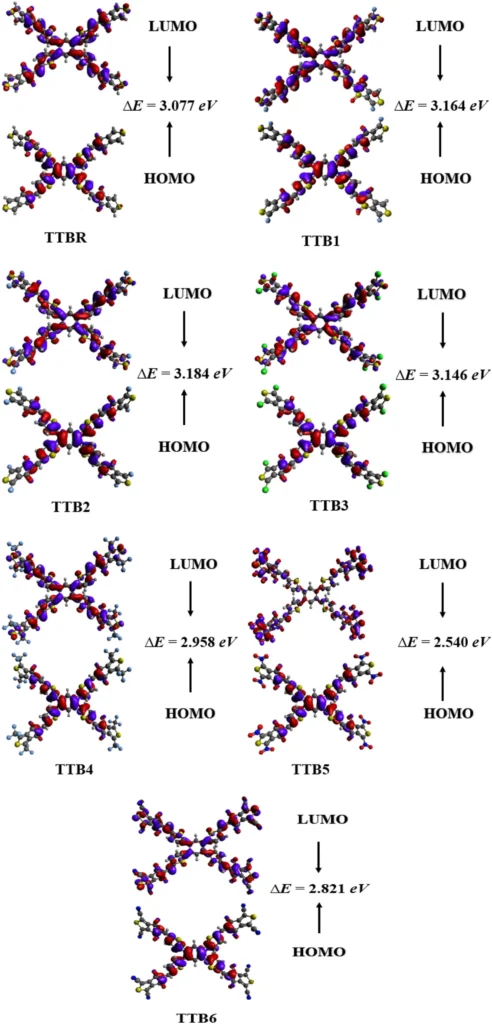
Electron Transfer Function in Organic Photovoltaics:
Electron transport is a fundamental process in organic solar cells. The effective dissociation of excitons into free charge carriers is largely dependent on the mobility of electrons towards the acceptor and then to the electrode. Efficient electron transport minimizes energy losses and enhances the total power conversion efficiency of the solar cell.
Nonetheless, numerous obstacles exist in attaining optimal electron transmission. Organic materials generally exhibit inferior electron mobility compared to inorganic semiconductors, necessitating meticulous molecular design to improve performance.
Coupling Tetrathienylbenzene with Symmetrical Acceptors:
Researchers enhance electron transfer efficiency by coupling the TTB core with symmetric acceptors, forming a molecular system. Because the acceptors are symmetrical, the electrons are spread out more evenly. When combined with the TTB core’s better electron-delocalizing properties, the resulting material speeds up and improves the efficiency of electron transport.

Symmetry in Molecular Design and Its Influence:
Symmetry in molecular design guarantees optimal alignment of energy levels between donor and acceptor molecules. This alignment is essential for reducing energy losses during electron transport. The integration of symmetric acceptors with the TTB core in OPVs has shown improved charge separation, resulting in a decrease in recombination occurrences.
Benefits of Peripheral Symmetric Acceptors:
Symmetric acceptors offer numerous advantages in organic photovoltaics (OPVs):
Enhanced electron mobility: Because of reduced energy barriers, electrons can traverse the material more easily.
Enhanced charge separation: symmetric acceptors improve the capacity to separate electrons from holes, a crucial process in the generation of electrical current.
Fewer recombination losses: Symmetric acceptors make electron transport more efficient, which lowers the chance of electron-hole recombination and raises the efficiency of the device.
Design Approaches for Enhanced Organic Photovoltaics
Researchers are concentrating on precisely adjusting the equilibrium between donor and acceptor molecules to enhance the efficiency of organic photovoltaics (OPVs). Integrating symmetric acceptors, such as those associated with a TTB core, improves charge transfer throughout the device layers. Furthermore, regulating the material’s molecular orientation and crystallinity may improve performance.
The role of peripheral acceptors in charge carrier mobility:
Enhancing charge carrier mobility is one of the primary challenges in organic photovoltaics. Because of their balanced architecture, symmetric acceptors facilitate more uniform electron transport, reducing the likelihood of electron entrapment or deceleration.
Facilitating Electron Transfer Dynamics:
The rigid structure of the TTB core and the regularity of the symmetric acceptors on the edges make for a system that moves electrons quickly and efficiently. This enhances device performance, increasing efficiency in transforming sunlight into useful electrical energy.
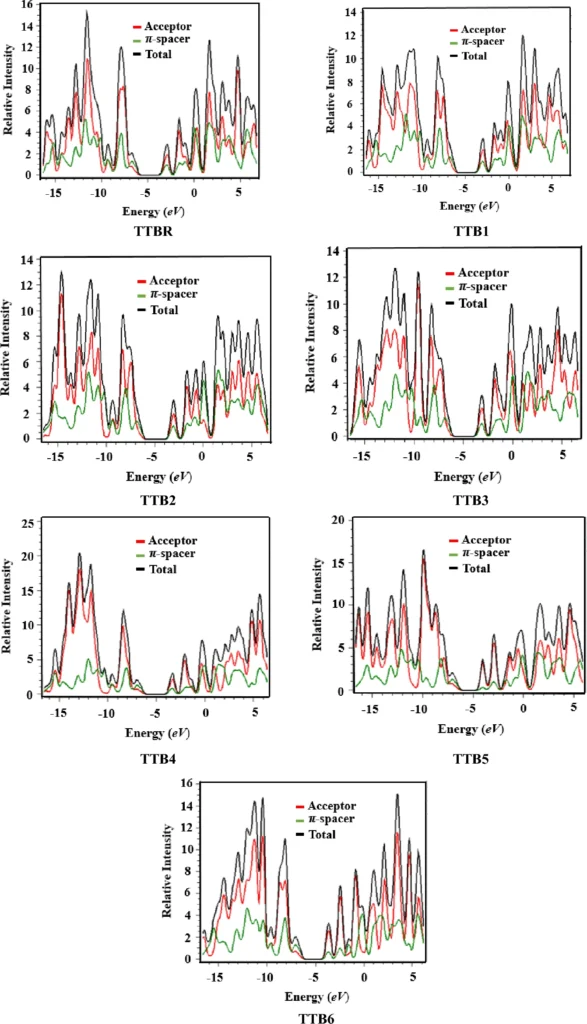
Theoretical Perspectives on Electron Transfer:
Quantum chemistry simulations show that TTB-symmetric acceptor complexes have good energy alignments that make it easier for electrons to move. Engineers engineered these systems to reduce energy losses and facilitate the rapid and efficient transfer of electrons from the donor to the acceptor.
Empirical Investigations and Findings:
New research shows that organic photovoltaics with TTB cores and symmetric acceptors are more efficient at converting light into electricity than those with asymmetric acceptors. Improved charge transfer and fewer recombination losses primarily contribute to the better performance.
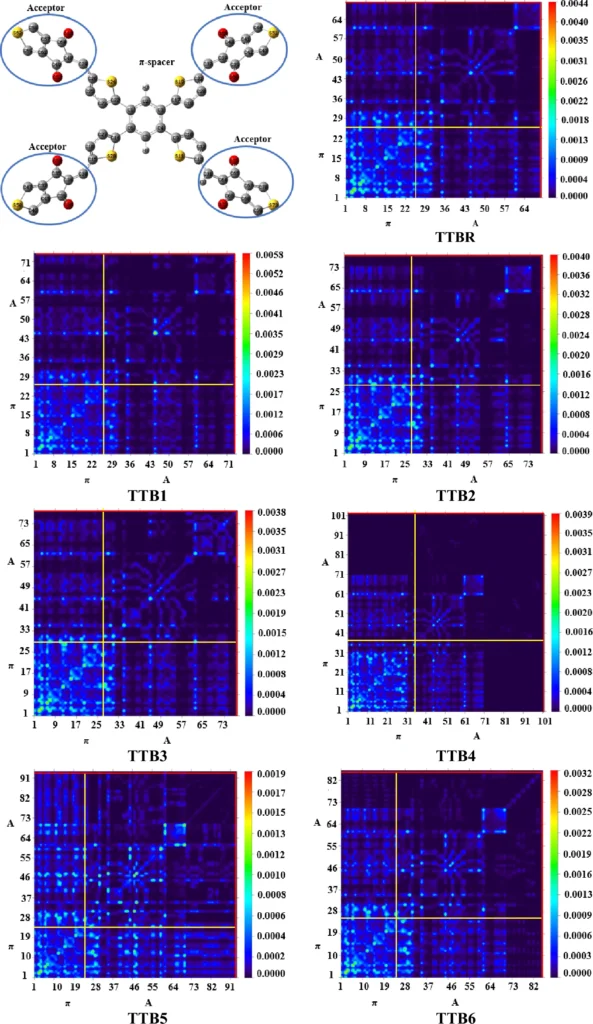
Obstacles and Future Opportunities:
The integration of TTB with symmetric acceptors demonstrates potential; however, obstacles persist in the scalability of these materials for commercial use. Future studies will likely focus on improving the stability and durability of these materials, as well as further optimizing the molecular design to increase efficiency.
Final Assessment:
Adding symmetric acceptors to the edges of a tetrathienylbenzene core is a big step forward in the progress of making organic photovoltaic materials. This technique enhances electron transport kinetics, addressing several critical issues now confronting OPVs. This unique technique may facilitate the development of more efficient, sustainable, and economically viable organic solar cells as research progresses.
FAQs:
1. How do organic photovoltaics differ from conventional solar cells?
Organic photovoltaics utilize organic molecules for light absorption and charge transmission, rendering them lightweight, flexible, and possibly more economical than conventional silicon-based solar cells.
2. In what manner do peripheral symmetric acceptors enhance electron transfer?
Their balanced structure allows for a more equal dispersion of electrons, reducing energy barriers and improving electron mobility within the photovoltaic material.
3. What is the significance of the TTB core in the design of organic photovoltaics (OPVs)?
The TTB core has a stable, flat shape that makes it easier for electrons to move around, which is necessary for fast and efficient charge transport.
4. What are the prospective trends in organic photovoltaic research?
Future trends encompass enhancing material stability, augmenting efficiency, and scaling production for commercial uses.
5. In what manner does molecular symmetry influence the efficacy of organic photovoltaics (OPVs)?
Molecular symmetry reduces energy barriers for electron mobility, enhances charge separation, and reduces recombination losses, thereby increasing total device efficiency.
For more chemistry blogs, visit chemistry Master

